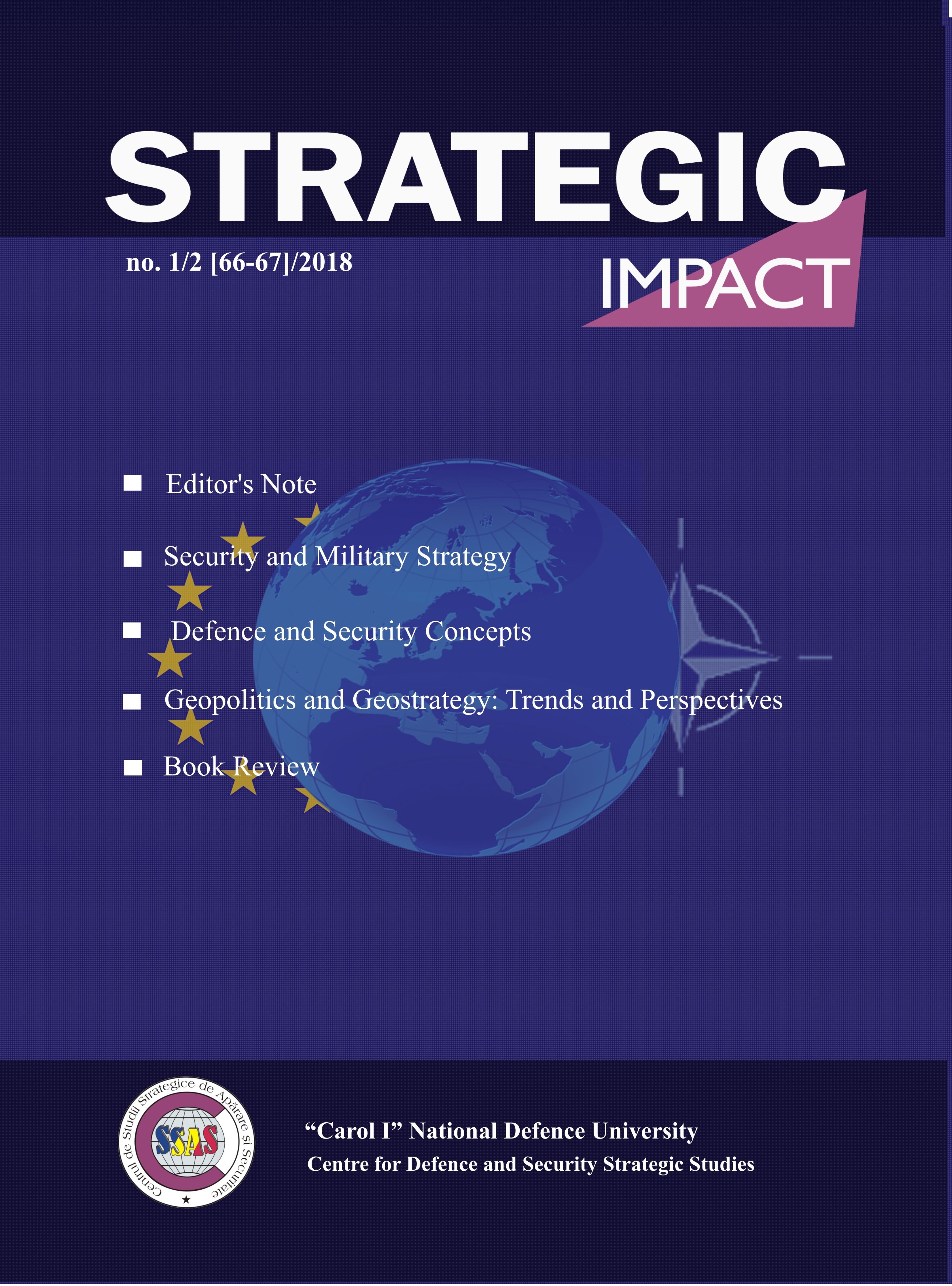THE CHINA-PAKISTAN ECONOMIC CORRIDOR IN THE LIGHT OF THE ‛MOBILITY OF POWER’
THE CHINA-PAKISTAN ECONOMIC CORRIDOR IN THE LIGHT OF THE ‛MOBILITY OF POWER’
Author(s): Lavinia MoiceanuSubject(s): Politics / Political Sciences, Politics, Labor relations, Peace and Conflict Studies
Published by: Carol I National Defence University Publishing House
Keywords: mobility of power; geography; economic relations; defence; infrastructure; Belt and Road Initiative;
Summary/Abstract: The article presents a parallel between Halford Mackinder’s view on the ‛mobility of power’ during the XVIth century and the projects of the Belt and Road Initiative (BRI), in the attempt to analyse the impact of power exertion over geographical and economic mobility within the projects that compose the BRI, which are the belt (Silk Road Economic Belt- SREB), and the road (Maritime Silk Road Initiative - MSRI) and the China-Pakistan Economic Corridor (CPEC), as their component. This analysis emphasizes the term ʹmobility of powerʹ by linking it to the infrastructure projects such as the CPEC in particular and the BRI in general, to the geographical aspects of building infrastructures in South Asia and mostly with the economic rationales which could lie behind the CPEC projects. This article also presents a parallel between the role of the CPEC under BRI and the role of the discovery of the route of transport through the Cape Route.
Journal: Strategic Impact
- Issue Year: 2018
- Issue No: 66+67
- Page Range: 88-97
- Page Count: 10
- Language: English

